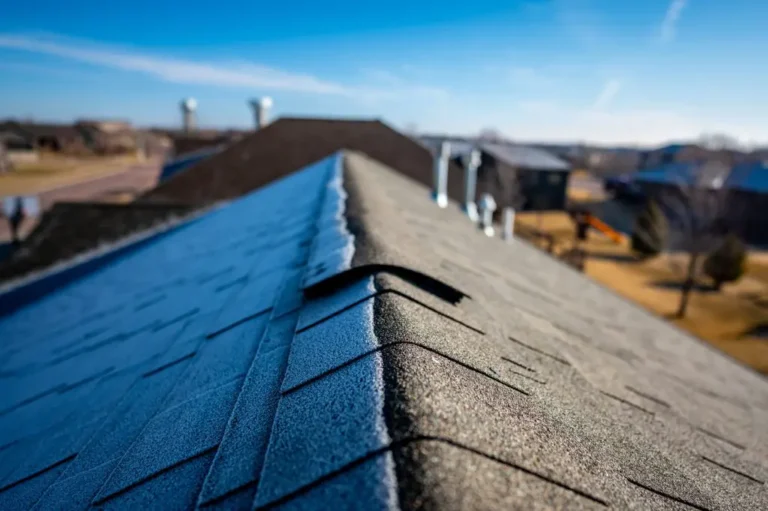Are you getting ready to put a new roof on your home? If you’ve talked with a roofing contractor company, you might hear them mention an ice and water shield. But what is it, and why is it so important for your roof?
Let’s break it down in simple words so you know how it helps protect your home.
What Is an Ice and Water Shield?
An ice and water shield is like a sticky, waterproof blanket for your roof. It’s a special layer that goes under your shingles or metal panels. Its job is to stop water from sneaking through and causing leaks.
Sometimes, rain or melted snow can slip under your roof shingles. When that happens, this shield steps in to block the water and keep your wood decking dry.
Where Does It Go on a Roof?
This shield doesn’t cover the whole roof (unless needed). Roofers put it in the spots where leaks happen most. These spots are:
- Roof edges (called eaves and rakes)
- Valleys where the two roof parts meet
- Around chimneys, vents, or skylights
- Against walls where the roof touches
These places are where rain, snow, or ice like to sit or flow. The ice and water shield make sure that if water tries to get in, it can’t.
Why Do You Need an Ice and Water Shield?
Here’s why this shield matters so much:
- Stops Ice Dams: In winter, snow can melt during the day and refreeze at night. This makes ice build up at the roof’s edge, blocking more melting snow. That water can back up under the shingles. The shield stops leaks when this happens.
- Blocks Wind-Driven Rain: Strong winds can push rain under shingles. The shield keeps that sneaky water out.
- Seals Around Nails: When roofers nail down shingles, the shield seals tightly around the nails, so water can’t drip through the holes.
Types of Ice and Water Shields
Not all shields are the same. Roofers pick what works best for your roof:
- Granular: Good for roof valleys, this type is tough but more budget-friendly.
- Smooth: Great for low-slope areas, it bends well to make a tight seal.
- High Heat: Used for metal roofs or areas with hot sun. It handles heat better, so it won’t stick to metal as it expands.
Should You Cover the Whole Roof?
In most homes, covering the entire roof isn’t needed. Putting a shield on the whole roof can be too pricey and might trap moisture if your attic isn’t vented properly. But if your roof is very flat or you live where storms are strong, covering the whole roof can be smart. Just check with your roofer first.
How Much Does It Cost?
The price depends on how much you need and what type of roof you need. Granular is usually the cheapest, smooth costs a bit more, and high heat is the priciest. But keep in mind, paying a little extra now can save you big bucks by stopping leaks and repairs later.
Keep Your Whole Roof Strong
An ice and water shield is just one piece of your whole roofing system. You also need good shingles, proper flashing, and strong decking. If even one part is skipped or done wrong, you could get leaks later. So, always check with your roofer to make sure your roof has everything it needs to keep your home safe and dry.


